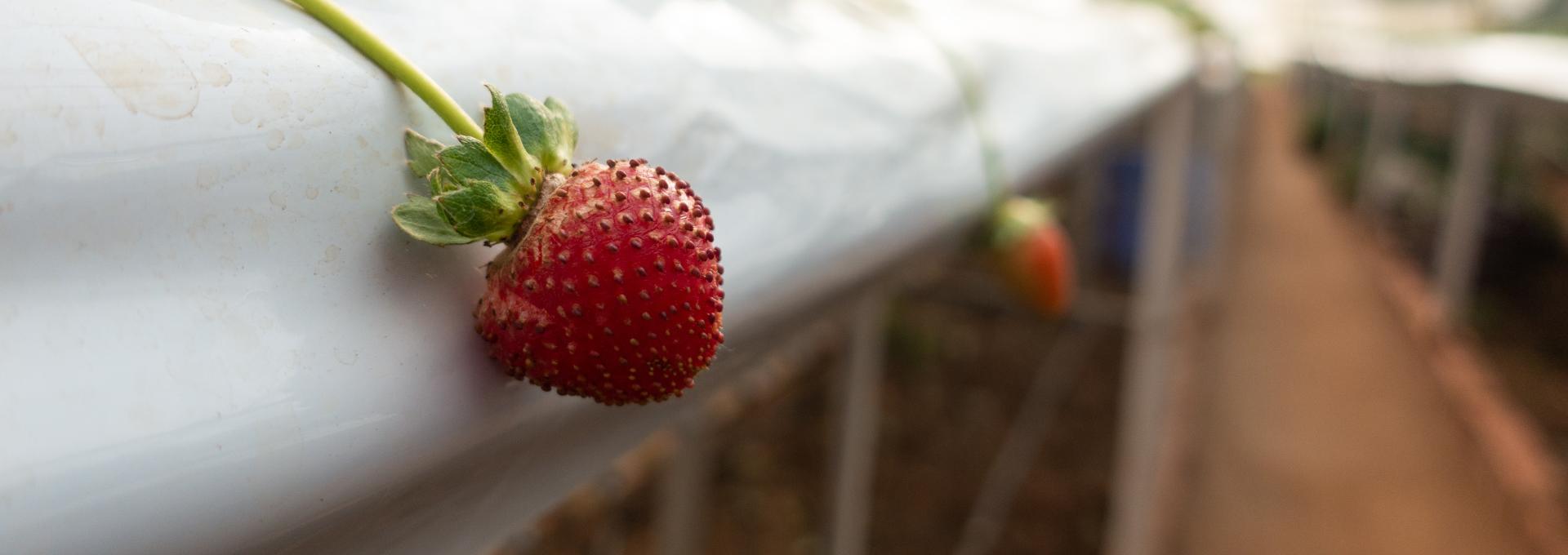
Most of the greenhouses in the Kingdom of Saudi Arabia are still growing in the soil-based compartments. Soilless culture is now a global practice in greenhouses. Soilless culture technology has solved the problems associated with growing plants in the soil, such as soil-borne diseases and salinity. Many of these systems are using a solid rooting media for growing plants that is called “Growing Media” or ‘Substrates”. Growing media are used in containers (organic substrates, perlite, vermiculite, etc) or in the form of cubes or slabs (Rockwool).
In recent years, cultivation in inorganic substrates has been characterized by a shift from open to closed-cycle cultivation systems, involving the reuse of drainage solutions. The cultivation of greenhouse crops in closed hydroponic systems can substantially reduce the pollution of water resources by nitrate and phosphate stemming from fertigation effluents and contribute to an appreciable reduction in water and fertilizer consumption. In the Kingdom, soilless culture is considered an ideal solution to overcome problems of soil-borne pathogens (i.e. Nematode), and a promising technique to control water and nutrition consumption.
Our program comprises intense research and experimental activities in soilless culture to develop numerous systems characterized by different water volumes, methods of water supply, nutrition management, size and shape of growing modules, and substrates. Furthermore, one of Estidamah’s strategic objectives is to introduce a sustainable solution for local growers. Here, we are testing the capability of date palm waste alone or mixed with other different substrates (i.e. perlite) as a potential growing substrate for vegetable crops under greenhouse conditions. Therefore, selecting the best substrate from the various materials is imperative to plant productivity.
